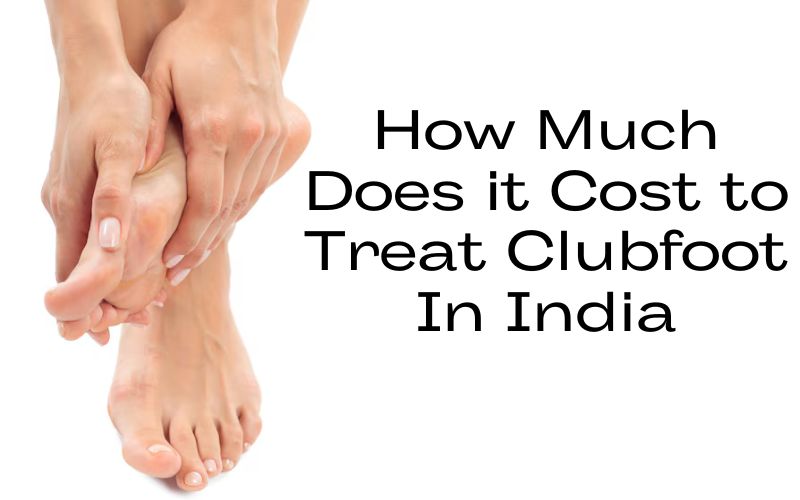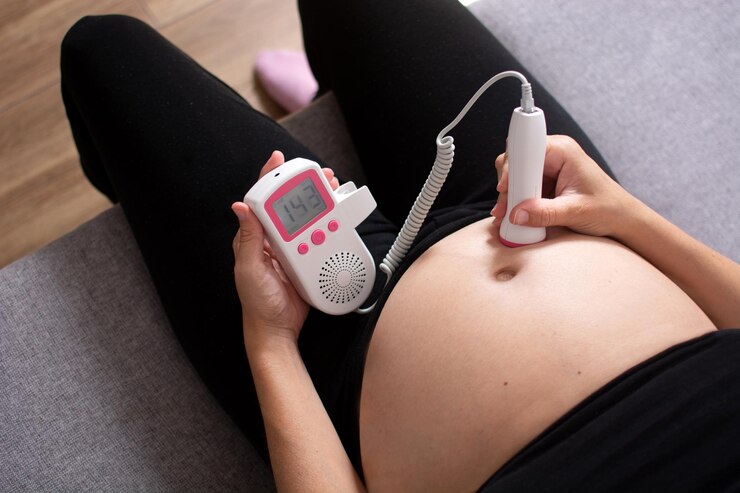Clubfoot, also known as congenital talipes equinovarus (CTEV), is a birth defect where a baby’s foot or feet are turned inward and downward. It is one of the most common congenital deformities affecting newborns. The good news is that club foot treatment is treatable with the right medical intervention. The treatment and its associated costs can vary based on several factors, including the type of treatment, the location of the treatment, the healthcare system in place, and whether the condition is treated early or later in life.
1. What is Clubfoot?
Clubfoot occurs when the tendons, muscles, and bones in a baby’s foot do not develop properly. It can affect one foot (unilateral) or both feet (bilateral), and the severity can range from mild to severe. The condition can vary in severity, and its treatment must be tailored to the individual.
If untreated, clubfoot can lead to lifelong mobility problems, making early treatment crucial. The good news is that the majority of clubfoot cases can be treated successfully, especially if treated early in life.
2. Treatment Options for Clubfoot
The treatment of clubfoot can vary based on the severity of the condition, the age at which treatment begins, and the medical resources available. There are several main approaches for treating clubfoot:
a) Ponseti Method
The Ponseti method is the most commonly used treatment for clubfoot. It involves a series of manipulations and gentle casting, followed by the use of a brace. The key steps in the Ponseti method are:
- Initial manipulation and casting: The baby’s foot is gently manipulated into the correct position, and a cast is applied to hold the foot in place. The casting process typically starts immediately after birth and may involve five to seven casts over a few weeks.
- Achilles tendon release: In more severe cases, an Achilles tendon release may be necessary. This minor surgical procedure involves cutting the tight tendon to allow further correction.
- Bracing: After the casting, the child is required to wear a brace (often for several years) to maintain the correction and prevent relapse. This is usually done for about 23 hours per day during the first year, then for nights and naps as the child grows.
b) French Functional Method
The French Functional Method (FFM) is another approach that involves stretching, mobilization, and the application of a brace. It is less commonly used but can be effective in treating clubfoot when applied consistently.
c) Surgical Treatment
In severe or complicated cases, surgical intervention may be required. Surgery may involve releasing tight tendons, reshaping bones, and other procedures to correct the deformity. Surgical treatment is usually reserved for cases that do not respond to conservative treatment methods like the Ponseti method or the French Functional Method.
3. Costs Associated with Clubfoot Treatment
The cost of treating clubfoot depends largely on the treatment method, the country, and the healthcare setting in which the treatment is administered. Below, we explore the costs associated with different types of treatments.
a) Ponseti Method Costs
The Ponseti method is widely regarded as one of the most cost-effective treatments for clubfoot, especially when compared to surgical alternatives. The costs associated with the Ponseti method can be broken down as follows:
- Initial Consultation and Diagnosis: The initial cost of seeing a pediatric orthopedic specialist or a trained Ponseti practitioner ranges from $100 to $500 depending on location and healthcare provider. In many countries, the first consultation may be covered by health insurance, but this can vary.
- Casting Process: The casting process typically requires five to seven casts, each of which can cost between $50 and $150. The total cost of casting could range from $250 to $1,000. The Ponseti method is generally outpatient-based, meaning no hospitalization is required unless there is a complication.
- Achilles Tendon Release Surgery: In some cases, an Achilles tendon release surgery is necessary to fully correct the deformity. The cost of the surgery can range from $2,000 to $10,000, depending on the location, healthcare system, and whether the surgery is done in a hospital or outpatient setting.
- Bracing: After the casting and surgery (if necessary), the child will need to wear a brace, typically for 3 to 4 years. Braces may cost around $100 to $300 per pair. Children may require multiple pairs as they grow, which adds to the cost over time.
- Follow-up Visits: Follow-up visits, which are typically scheduled every 2-3 months in the first year, are important to monitor the child’s progress. These visits usually cost between $50 to $200 per appointment, depending on whether they are covered by insurance.
Estimated Total Cost for Ponseti Method: In total, the cost for Ponseti treatment can range from $2,500 to $15,000, depending on the complexity of the case, surgical needs, and the number of visits required.
b) French Functional Method Costs
The French Functional Method may be less costly upfront, but it involves more frequent follow-up visits and consistent care at home. The method requires regular stretching and manipulation, which can involve:
- Consultations: Frequent consultations with a specialist, which could cost $100 to $300 per visit.
- Braces and Supplies: These may cost about $200 to $500, depending on the quality and type of brace prescribed.
Overall, the French method could cost between $3,000 and $8,000 for treatment.
c) Surgical Treatment Costs
For severe cases of clubfoot symptoms, surgical correction may be necessary. The surgical treatment typically involves the following:
- Pre-surgical Consultation and Tests: This can cost between $200 and $500.
- Surgical Costs: The surgery itself may cost between $5,000 to $15,000, depending on the complexity of the procedure, the country, and the hospital.
- Post-surgical Care: This includes follow-up visits, physiotherapy, and additional casts or bracing, which may total around $1,000 to $3,000.
In total, surgical treatment for clubfoot could cost anywhere from $7,000 to $25,000, depending on the region and the specifics of the case.
4. Global Perspectives on the Cost of Treatment
The cost of treating clubfoot varies significantly across different parts of the world. In high-income countries such as the United States, Canada, and Western Europe, the total cost of treating clubfoot can be high due to healthcare infrastructure, specialists, and advanced treatments. However, in many cases, insurance may cover a significant portion of the expenses.
In low-income countries, the cost of treating clubfoot may be lower, especially when using the Ponseti method, which is often implemented by local healthcare providers or charitable organizations. For instance, the Ponseti method is affordable, and nonprofit organizations like the Global Clubfoot Initiative work to ensure treatment is available in resource-poor settings.
a) Developed Countries:
In the U.S. or Europe, families without insurance may face higher out-of-pocket costs, while those with insurance may have co-pays and deductibles. The Ponseti method remains cost-effective compared to surgery, which may result in higher hospitalization and rehabilitation costs.
b) Developing Countries:
In many developing nations, treating clubfoot is often possible with financial support from international health organizations. The Ponseti method, with its low-cost components, has been successfully implemented in countries like India, Sub-Saharan Africa, and Latin America. Organizations such as Walk for Life and Global Clubfoot Initiative have helped train local practitioners and provided necessary resources to treat clubfoot effectively in these regions.
5. Conclusion
Treating clubfoot is generally affordable, especially with the Ponseti method, which is the preferred treatment for most cases. The costs vary significantly based on location, the severity of the condition, and the treatment method used. Early intervention with the Ponseti method offers the most cost-effective solution, and it is widely accessible across different regions of the world. For cases requiring surgery or more intensive treatment, the costs can increase, but the outcomes are often highly successful, ensuring the child can lead a life with normal mobility.
Read more – (Click here)




